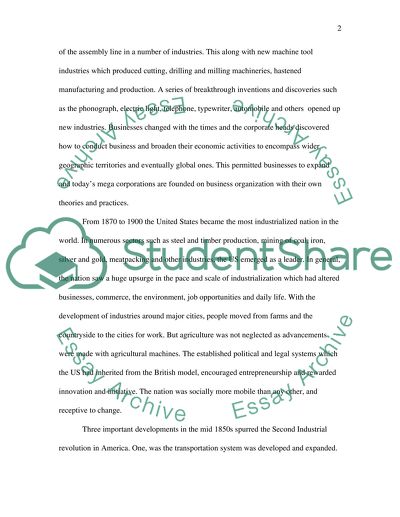Cite this document
(“The Industrial Revolution from 1820 to 1870 Essay”, n.d.)
The Industrial Revolution from 1820 to 1870 Essay. Retrieved from https://studentshare.org/miscellaneous/1521315-the-industrial-revolution-from-1820-to-1870
The Industrial Revolution from 1820 to 1870 Essay. Retrieved from https://studentshare.org/miscellaneous/1521315-the-industrial-revolution-from-1820-to-1870
(The Industrial Revolution from 1820 to 1870 Essay)
The Industrial Revolution from 1820 to 1870 Essay. https://studentshare.org/miscellaneous/1521315-the-industrial-revolution-from-1820-to-1870.
The Industrial Revolution from 1820 to 1870 Essay. https://studentshare.org/miscellaneous/1521315-the-industrial-revolution-from-1820-to-1870.
“The Industrial Revolution from 1820 to 1870 Essay”, n.d. https://studentshare.org/miscellaneous/1521315-the-industrial-revolution-from-1820-to-1870.


